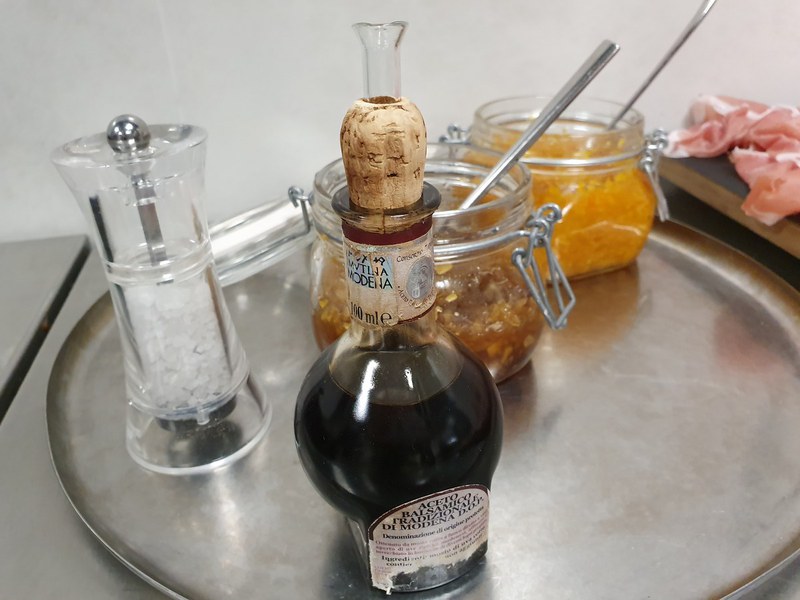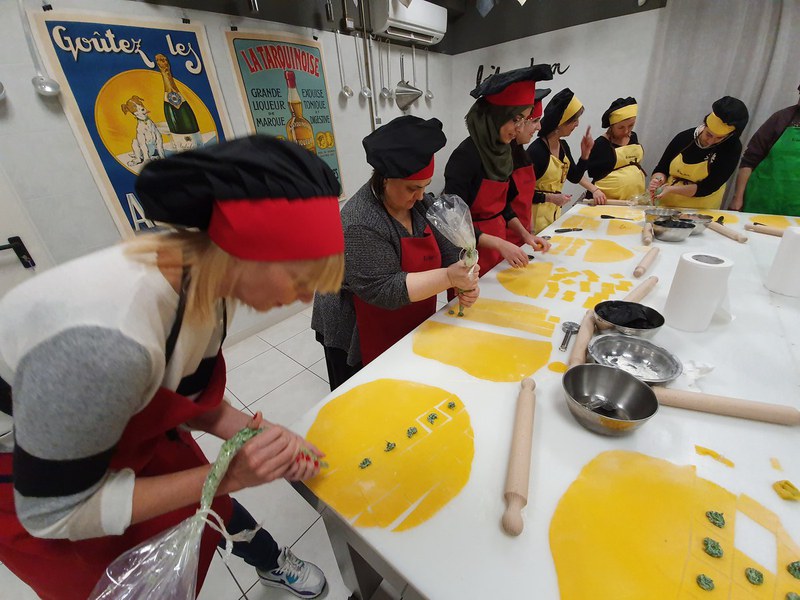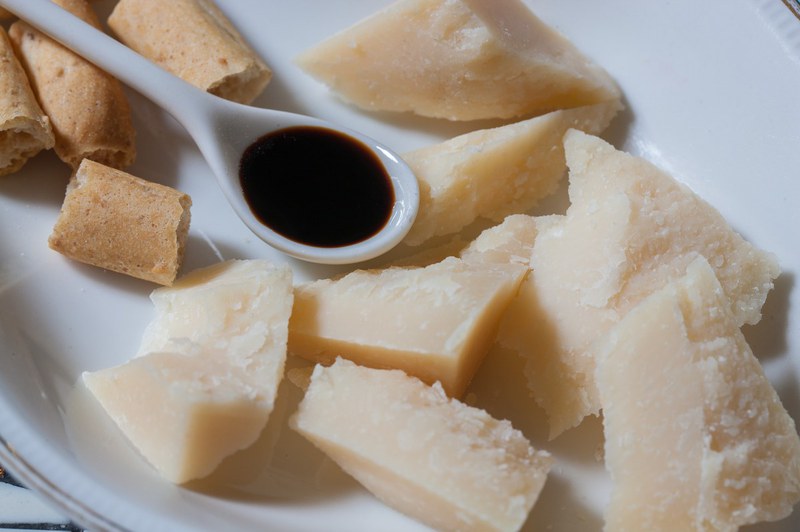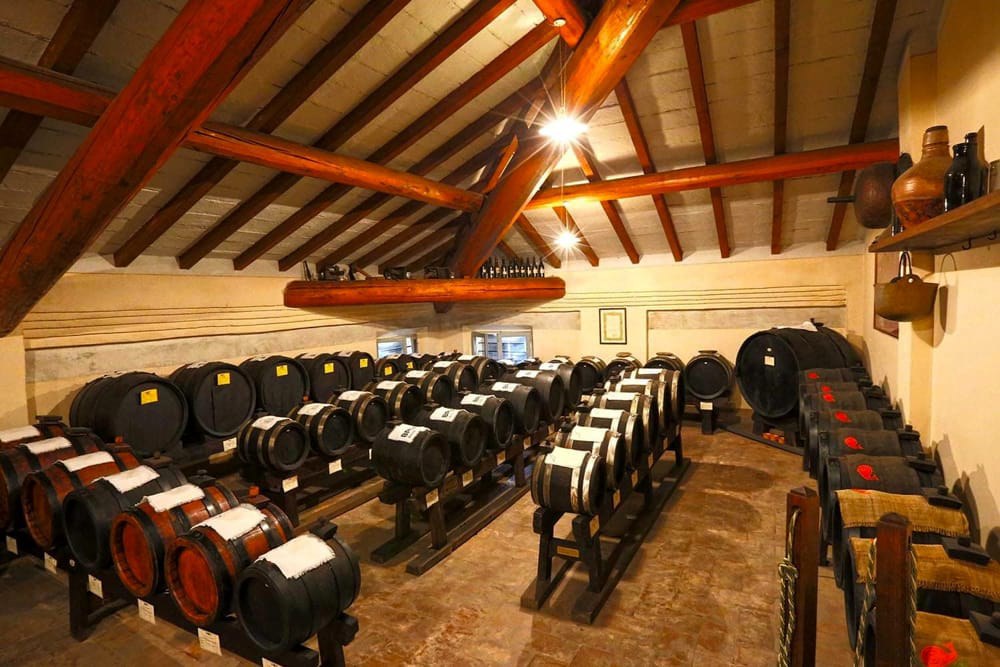Day 1
We begin at the heart of traditional balsamic vinegar-making: a visit to the Spilamberto Museum of Traditional Balsamic Vinegar, managed by the Traditional Balsamic Vinegar Makers’ Guild and founded to as a center for the documentation and celebration of the history, culture, and emotion that lie behind this unusual delicacy.
From Modena, take Via Vignolese until you reach the charming town of Spilamberto. Just before you enter the town, you won’t be able to miss the sculpture of a huge droplet of balsamic vinegar in the center of a traffic roundabout on the main road. Called "Goccia: L’Essenza".
Head for the Museum of Traditional Balsamic Vinegar once you’ve reached the town center. Once there, you’ll begin your visit in the screening room where a video, “Balsamic Vinegar: A Centuries-Old Tradition,” introduces this native delicacy and explains its importance through images and a discussion of the process that results in the vinegar’s unmistakable taste and aroma.
Upstairs, you’ll enter a loft-like space that houses the “batteries” (rows of barrels) used in the production of balsamic vinegar. After a tasting, continue on to one of the many businesses that produce balsamic vinegar in this area of Italy. First, though, you might want to stop for lunch in one of Spilamberto’s many restaurants or traditional trattorias. After lunch, the program continues with an afternoon at a local vinegar maker. There, you’ll observe all the phases of the production of balsamic vinegar and learn more about the differences between “traditional” PDO balsamic vinegar of Modena and PGI balsamic vinegar.
As we’ve mentioned, these are two very different products, though what distinguishes them isn’t always well understood. Visiting the places where they are born will allow you to better appreciate all their characteristics.
After a stroll through the vineyards where grapes are harvested for the preparation of grape must (unfermented juice), you’ll come to the heart of the visit: a real-life experience in one of the places where balsamic vinegar is made and aged and a chance to discover the secrets of this unique product.
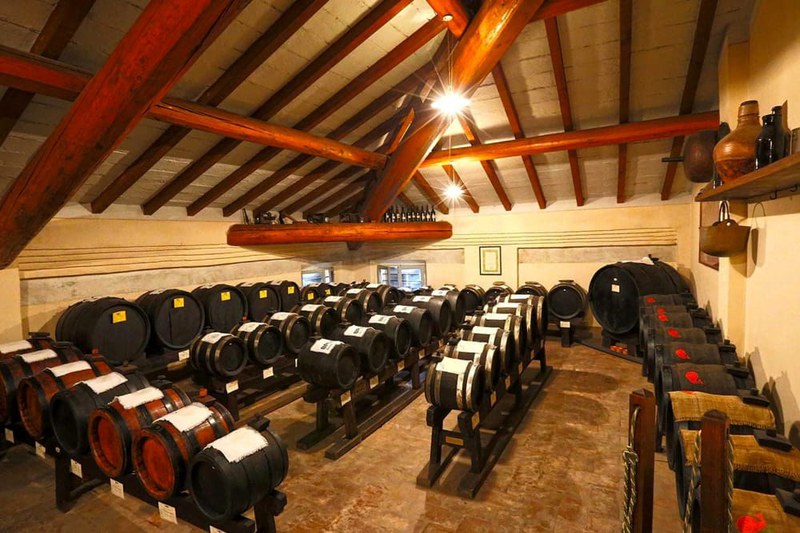
First stop: Goccia. L’Essenza
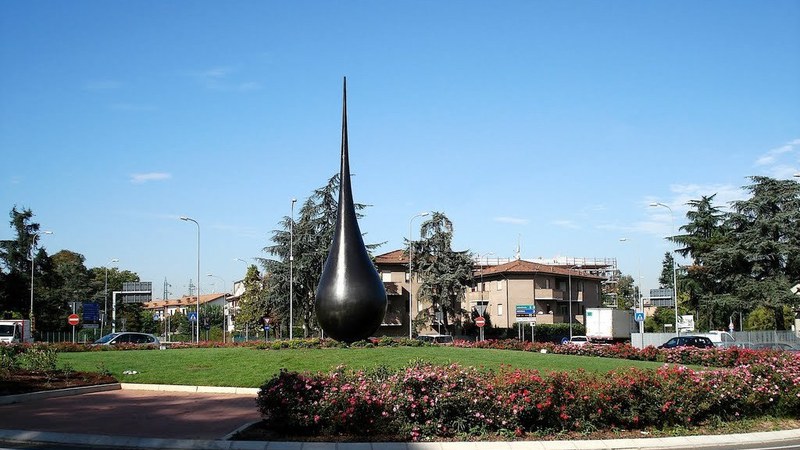
Second stop: The Spilamberto Museum of Traditional Balsamic Vinegar
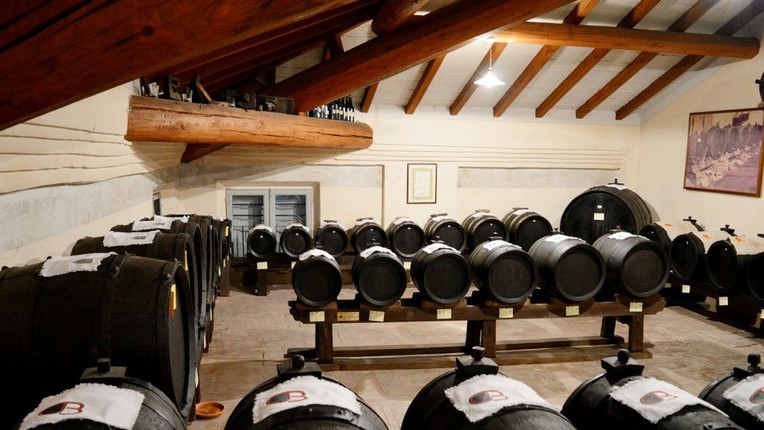

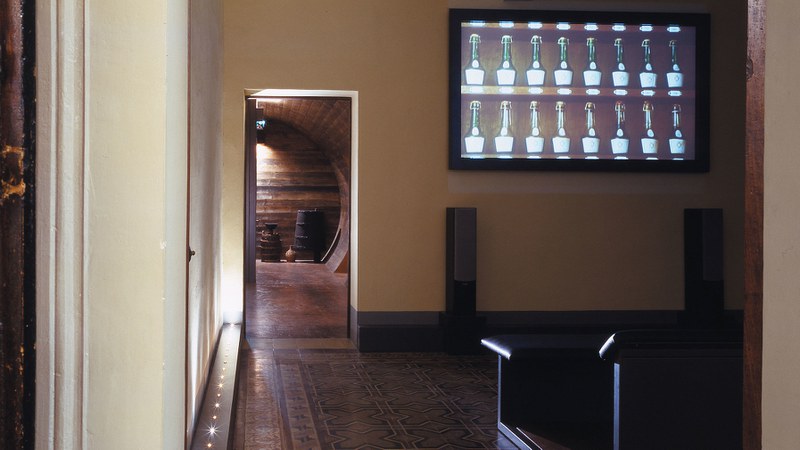
Third stop: Visit to a vinegar cellar
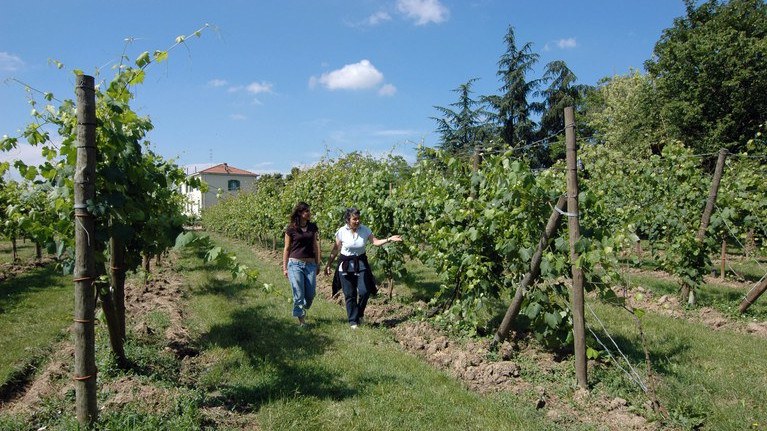
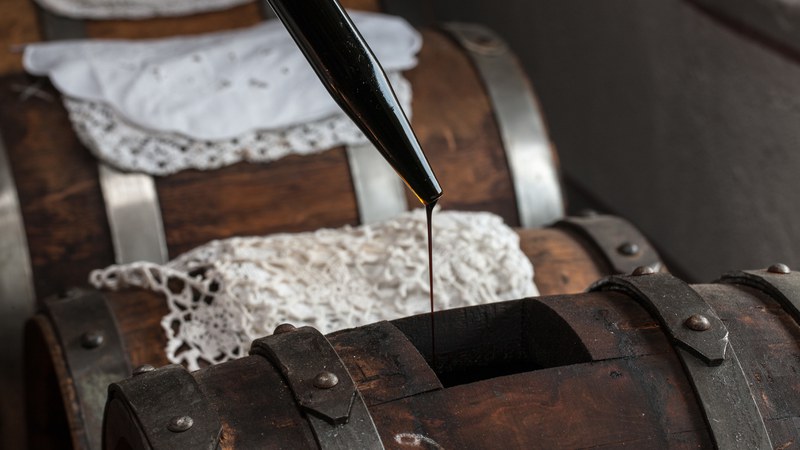
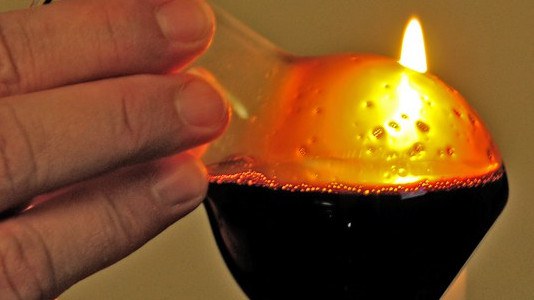
Fourth stop: The “Balsamic Vinegar in the Kitchen”
Yes, Balsamic Vinegar is so versatile that it can be used in an almost infinite variety of ways in menus, from appetizers to desserts.The “Balsamic Vinegar in the Kitchen” cooking course, organized by the vinegar cellar, takes you through the preparation of special dishes that you’ll later have the pleasure of sampling for your dinner.
This is a special experience that you’ll remember for a long time to come!
